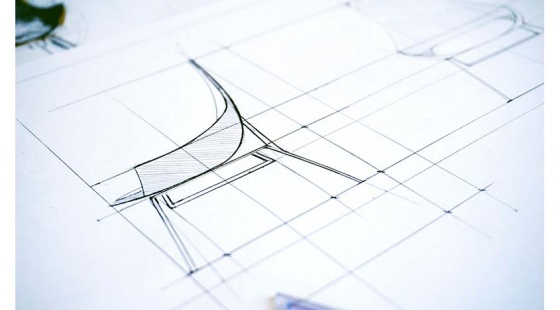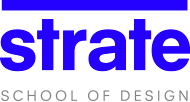
Generally speaking, it is the process of envisioning and planning the creation of objects, interactive systems, buildings, vehicles, etc. It user-centered, i.e. users are at the heart of the design thinking approach. It is about creating solutions for people, physical items or more abstract systems to address a need or a problem.
It is a very broad concept and its meaning can greatly vary from one field to another. It and permeates many aspects of our lives and branches out into many different subgenres, from product design, sound , virtual reality , interaction , to designing cars, video games, software interfaces, the home and offices interior etc. Schools adapted to the market's evolution accordingly by creating graduate and postgraduate programs in Design.
A common misconception about design
Design is not about making things pretty just for the sake of it
Nowadays, it can be categorized as a fancy sounding word, and there seems to be a certain amount of misconceptions surrounding it. But what is it really at its core? Is it simply a process to make pretty looking things? Far from it. It doesn’t focus purely on aesthetics, nor is it about adding ornaments to an item. First and foremost is it about making the user’s interaction with the environment more natural and complete.
The key concepts of design
Art or science?
While not being exactly an art nor a science, it takes elements from both. Art is about creating something that expresses the author’s vision, ideas and feelings. While designers can express feelings and leave impressions through their work, doing so is not their prime objective. So it takes the creating aspect of art, as it is about crafting an item, a tool, an experience even.
Design is at the service of the people
On the other hand, it takes the problem-solving aspect of science. It exists primarily to address a particular need. To quote Steve Jobs: “Design is not just what it looks like and feels like. Design is how it works.”
The creative design process
Problems are best solved when approached in a comprehensive and systemic way. The goal of this process is to guide you and organize your work to turn ideas into concrete solutions. Designers do research and collect information about the problem they are considering: who is person facing this problem? Why? How are other people trying to solve it? From this research, they make a general hypothesis and identify the main features should be part of the answer. Then with these key aspects in mind it’s time to experiment different solutions and iterate. This last part is about learning from what works, what doesn’t to adapt your solution to fit the user’s need best.
Great design is invisible
It is achieved when the user doesn’t even notice its presence. This principle is particularly true in interaction design. Navigating a user interface should feel natural and unhindered. The user should be able to understand its rules and the meaning of its elements almost immediately. The user is guided by an invisible hand made of colors, shapes, contrast, repetitions.
